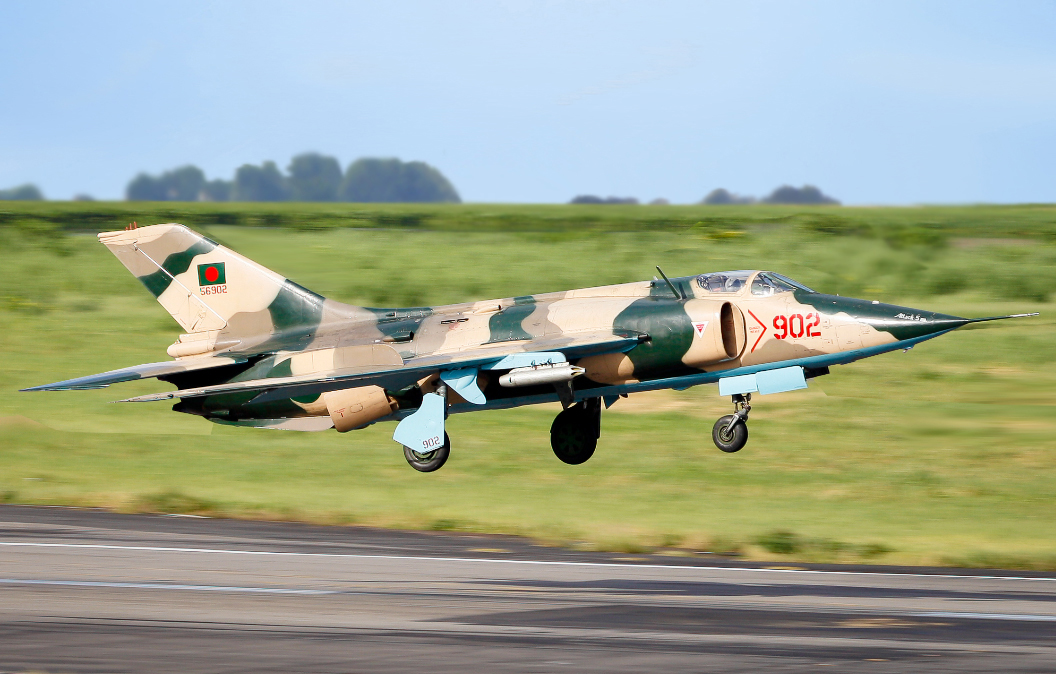The Buccaneer S Mk 1 was phased out of the front line squadrons in 1966 but was used by the OCU and Trials units until 1970.
According to Paul Beaver's Encylopaedia of the Fleet Air Arm since 1945 the Buccaneer S Mk 1 units were:
700 - 1961-63
736 - 1965-70
800 - 1964-66
801 - 1962-65
809 - 1963-65
It was phased out of service in December 1970.
As I have the book open the Buccaneer S Mk 2 units were:
736 - 1966-72
800 - 1966-72
801 - 1965-70
803 - 1968-69
809 - 1966-78
I thought that Roy Boot's From Spitfire to Eurofighter included details of a proposal to convert the surviving Mk 1s to Mk 2. However, all I could find was: P.148 Retrofit of Spey Engine to Buccaneer Mk 1 1967: in the appendix at the back. I think they surviving Mk 1s would have been converted to Mk 2s if the Royal Navy had been allowed to keep the strike carriers for longer.
I read that too. It would have reduced the number of Phantoms required by about a third and increased the number of Buccaneers by about a third. Say 90-100 Phantoms and 180-190 Buccaneers.
